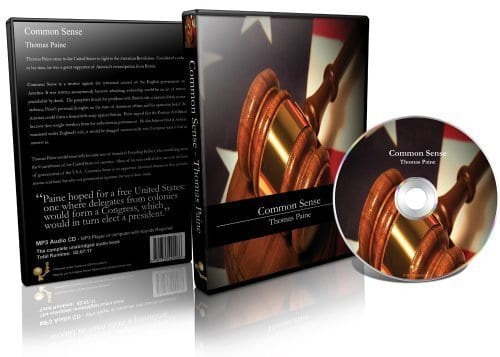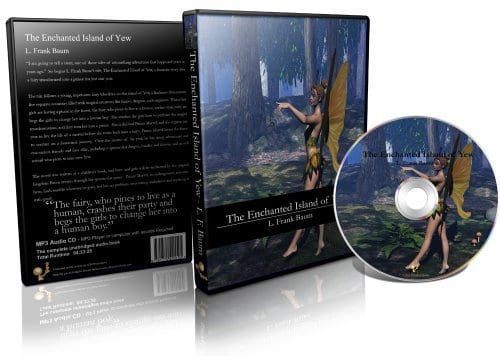Description
Lady Mary Wroth was an accomplished and skilled English poet of the Renaissance period and a member of a highly distinguished literary family. Her uncle, Sir Philip Sidney, actually wrote the sonnet sequence that inspired Lady Mary to write Pamphilia to Amphilanthus. The latter is the second known sonnet sequence ever written by a female poet, began by Lady Mary Wroth as early as 1613, and completed eight years later. The sonnet sequence includes four sections. The first is composed by a fifty-five poem sequence that speaks about the struggle faced by Pamphilia, as she attempts to discover her true feelings about her unfaithful lover, Amphilanthus. Throughout the sequence, Pamphilia argues for and against her feelings, but in the end, she cannot deny her love. The next sections are much shorter, and in some places featuring darker undertones of sadness, jealousy and melancholy – emotions that Pamphilia has to pass through as a result of her feelings of doubt and guilt. From seeking forgiveness from Cupid,the god of love, to the acceptance of her inner struggle and suffering as the pains of change and inner understanding, Pamphilia goes through a powerful emotional transition that can be deeply touching to any reader who truly appreciates the deep and powerful expression of Mary Wroth’s poems.Lady Mary Wroth has lived a long life, and in time became one of the most distinguished and well-known authors of poetry and prose in English literature.Herbestwork remains to this day The Countess of Montgomery’s Urania – the first extant prose romance ever written by a female English author.
[amz_corss_sell asin=”1775427463″]





Reviews
There are no reviews yet.